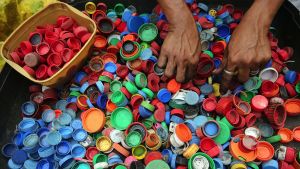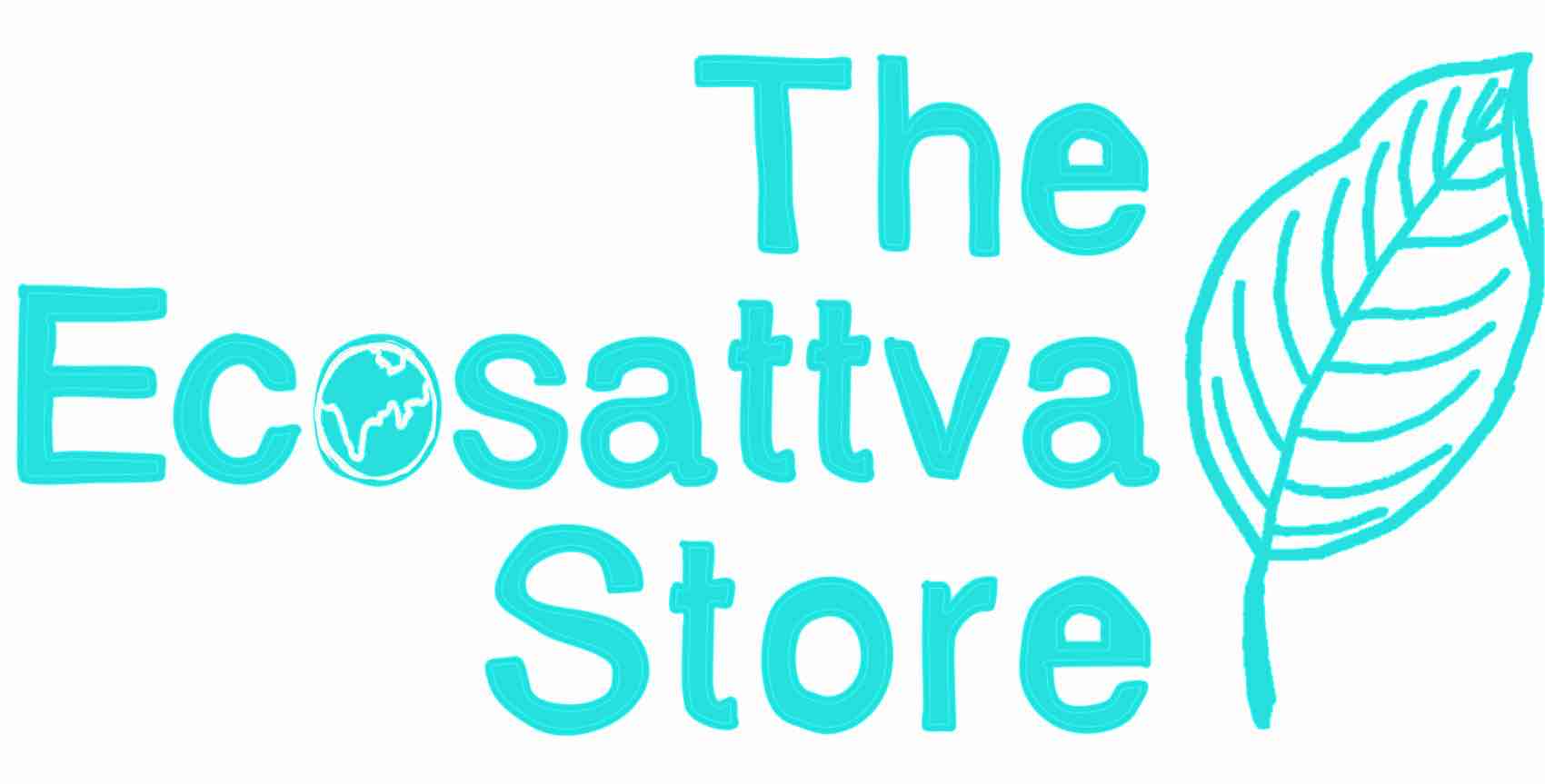Let’s make a bet, shall we?
If you’re active on Social Media, at least once a month, your feed will tell you about plastics and the latest ecological disaster they’re causing. And we’re also willing to bet you sigh, watch the video about animals choking on things, mountains of plastic trash, and wonder what you’re supposed to do. Should you be cutting plastic out of your life? How would you even do that? Especially in India.
[caption id="attachment_10280" align="alignnone" width="300"] Even Bambi's depressing when you add Plastic...[/caption]
Even Bambi's depressing when you add Plastic...[/caption]
Well, let us be the first to say, you may not have to take any drastic steps. In fact, while the issue of plastics not being eco-friendly is a little more complicated than you may have thought, acting more responsibly can actually be easier than you thought.
What’s the Use?
Us Eco-geeks usually divide plastics into good plastics and bad. And while we’ll get to that, the first thing you need to remember is that very often, how the plastic product you’re consuming affects the environment is determined by how you decide to use it.
For instance, your regular plastic bags from shops are probably not bio-degradeable or eco-friendly by any definition. But if you use them once to bring your grocery home, then again to line your cupboards, then again to pack things for a trip, and then again as a garbage bag…. It’s still not bio-degradable, but it’s certainly not single use anymore. And that means you’re trying to make the use of that plastic sustainable. It’s not perfect, but it’s a start!
Which is why, the main case for good plastics is that they’re not single use. They can be used over and over again, and you won’t have to discard them after one single use. This is a point we’re going to come back to again and again – your main goal with making a change in your plastic consumption involves acquiring less of it, and more importantly, using and reusing them so as to make them practically sustainable.
[caption id="attachment_10281" align="alignnone" width="300"] Art project, anyone?[/caption]
Art project, anyone?[/caption]
And if that sounds like Jugaad, we are more than happy to agree!
The Resin Identification Code
When it comes to most commercially made, multiple or long term use plastics, the factors that can contribute to ecological problems are very complex. Almost every kind of plastic you find in the market – from lunch boxes, to thermacol, to the plastic used in hangers and footstools – all have their advantages and disadvantages. For the most part, we divide plastics into those that release harmful chemicals and toxins such as BPA (Bisphenol-A).
But an easy first step to figure out whether your plastic is harmful or not can be found in the Resin Identification Code – which can be found at the bottom of most plastic products. The numbers go from 1 to 7, and for the most part, environmentalists tend to encourage using plastics graded 1 (Polyethelene Terephthalate, PET), 2 (High Density Polyethelene, HDP), 4 (Low Density Polyethelene, LDP), and 5 (Polypropylene, PP).
So if you do want to take precautions while buying the next plastic bottle for your office, that can be your first step! And for the second step, you can try and make sure your use your plastic product for as long as possible, and then find a good way to dispose of it.
BioPlastics
Unfortunately, the case for BioPlastics isn’t very strong. BioPlastics mainly refers to plastics that are made not from depleting natural resources like petroleum, but from organic materials like plants, corn, etc.
While on the one hand, bioplastics assure you that the production of the plastic is not going to deplete resources, it’s not very different when it comes time for disposal. Because the composition of BioPlastic is for the most part, exactly the same as any other plastics. Which means they won’t be bio-degradable, or any more sustainable than regular plastic.
Biodegradable
Another innovation in the plastics industry has been the introduction of biodegradable plastics into the market. Unfortunately, the term Bio-degradable can give you a false sense of security when you dispose of it. The sad reality is, there is no universal standard, or even a strict national standard for what constitutes “Bio-degradable”. Companies can (and do) call the plastics they use “bio-degradable” based on the lowest of standards.
[caption id="attachment_10283" align="alignnone" width="300"] That's how we end up with situations like this[/caption]
That's how we end up with situations like this[/caption]
In fact, “bio-degradable” plastics are only bio-degradable on land. If your “bio-degradable” plastic bottle ends up in the ocean, as they often do, they would have about the same effect as a regular old plastic bottle. Which is to say… pretty bad. However, it is still one step above regular plastic when it comes to disposal or storage on land, so you can make a switch if you have the option.
What does “Recyclable” mean
Calling a plastic product “Recyclable” can also be a confusing tag. The key, as it happens, exists in the clever use of language. For example, if you look at the tori bhaji on your plate and tell your mom it’s “eatable” that in no way indicates that you will eat it. Get it?
[caption id="attachment_10282" align="alignnone" width="300"] Because even if it's "recyclable" this still holds true[/caption]
Because even if it's "recyclable" this still holds true[/caption]
So when companies put the recycle logo on a product and confirm that it is “recyclable”, what they mean is that the product could potentially be recycled. However, this does not mean that they will be recycled, only that they can be.
So, of course, what you’d need to do is ensure that it gets recycled. In India, unfortunately there’s not guarantee of getting something recycled, and the one surefire way to do it would be to take it up yourself. Better yet, simply find ways to make the product last longer and use it as many times as possible.
Mixed Materials
Variety may be the spice of life, but when it comes to plastic products, it can be the bane of the environment. When it comes to recycling, and decomposing plastic – even bio-degradable plastics – one of the biggest impediments come when a single piece of waste has three different kinds of plastic on it.
So if your sandwich comes covered in a seran wrap, and then a lightweight cardboard cover with a film of plastic on top, as well as another transparent plastic cover on one side of the sandwich – even the materials that can be recycled won’t be because the piece has both recyclable and non recyclable materials.
And so, we come full circle and end up right where we started. There are a lot of different types of plastics in the world right now. Some of them can be very harmful to the environment, while others can have very little to no impact.
And while in a country like India, you may not be able to guarantee that your waste gets recycled properly no matter how careful you are at home, the key lies in how you use the product. Sure, try to go for bio-degradable low impact plastics. But either way, make sure you jugaado the crap out of the product and make it last forever!
If nothing else, we know our moms would be super proud.

